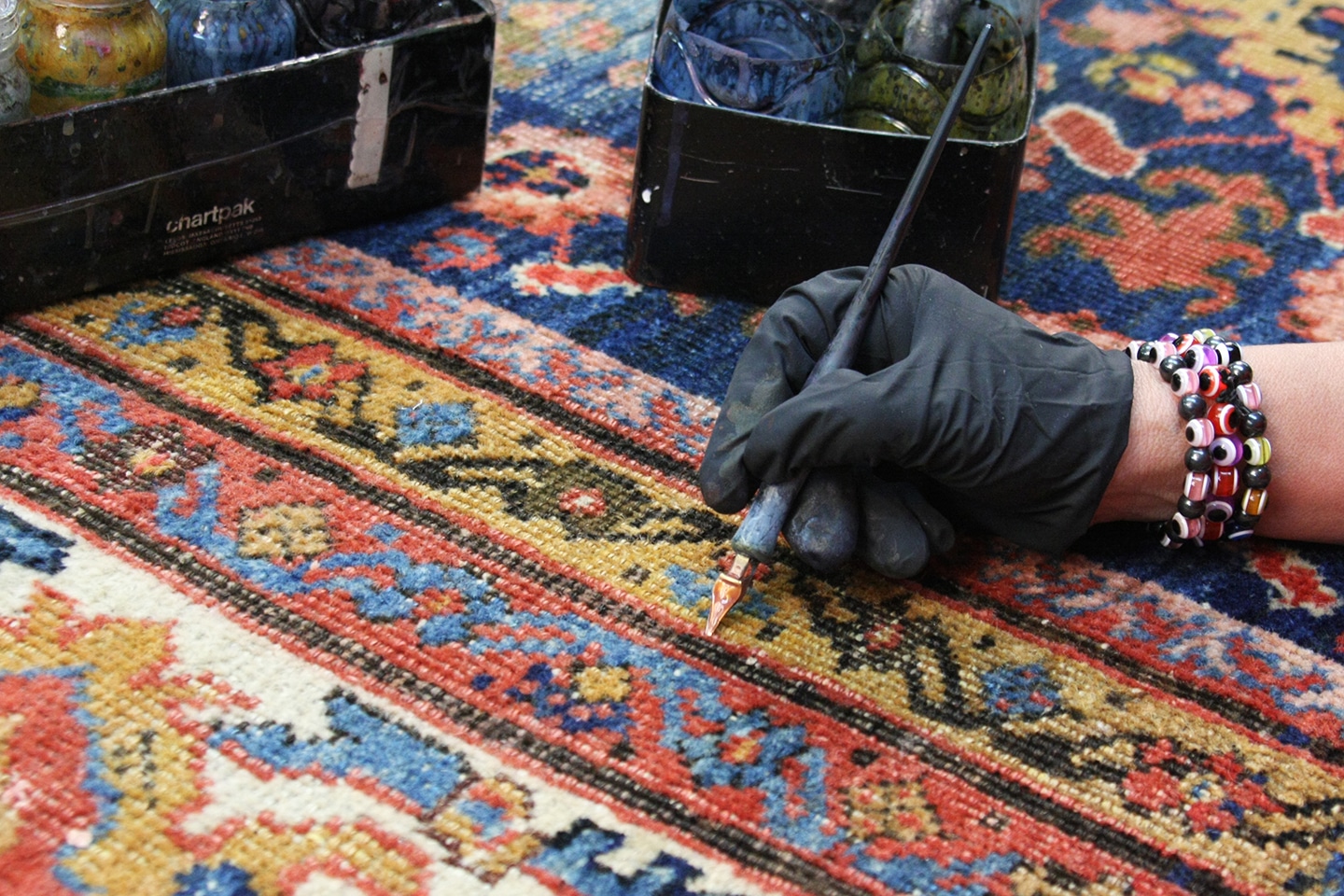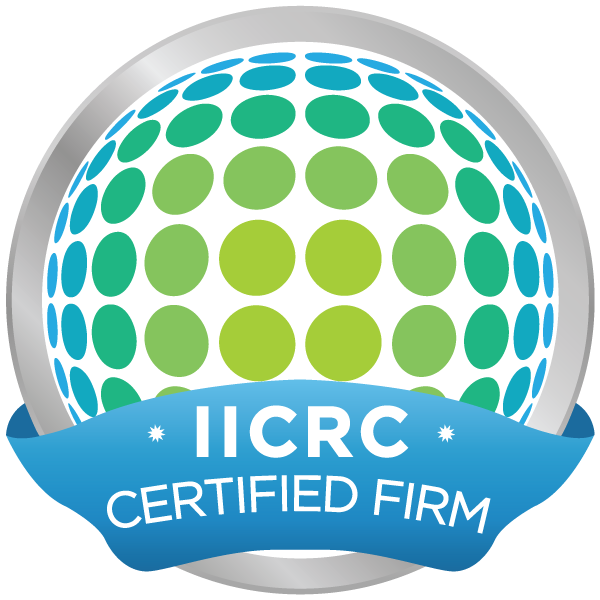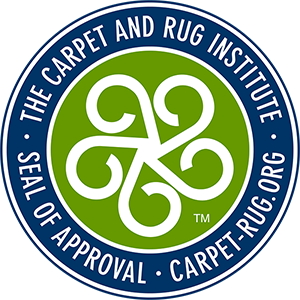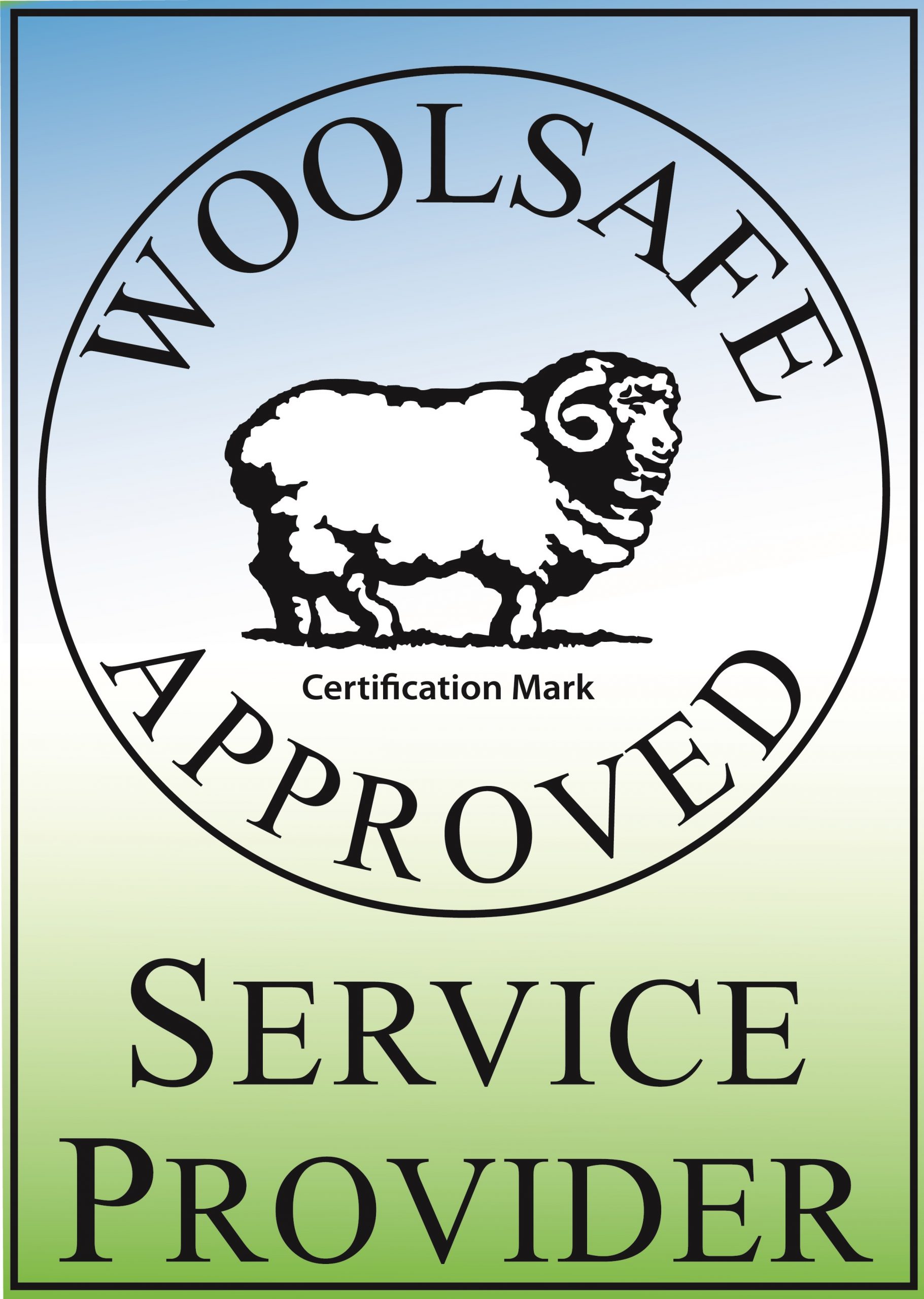
Why Colors Bleed on Oriental Rugs
Why Do Colors Bleed on Oriental and Persian Rugs?
Color bleeding in Oriental and Persian rugs is a common but avoidable issue. Whether caused by pet urine, water damage, or improper cleaning, color migration can permanently stain or fade a rug.
At Oriental Rug Salon, we specialize in identifying and preventing dye bleed before any cleaning begins.
Let’s explain why this happens, what types of rugs are at risk, and how we protect your investment.
What Causes Dye Migration in Area Rugs?
Dye migration happens when water or moisture interacts with unstable dyes used in rug fibers. When exposed to liquids, these unstable dyes begin to dissolve and move into adjacent areas.
Most vulnerable are:
- Hand-knotted rugs made with vegetable dyes
- Antique or tribal village rugs
- Rugs with bold red, blue, or black tones
The older or more artisanal the rug, the higher the chance that its dyes were never chemically fixed. Machine-made rugs typically use synthetic dyes, which are less prone to bleeding, but still not immune under extreme conditions.
Dye bleeding is often irreversible. That’s why professional rug cleaners must always test for dye stability before cleaning.
Why Pet Urine and Liquids Trigger Color Bleeding
Pet urine isn’t just a stain—it’s a chemical cocktail. It’s acidic when it’s fresh and becomes alkaline over time. That change in pH can break down natural dyes and loosen the bond between fiber and pigment.
When left untreated, urine soaks into the foundation and spreads the dyes, especially in wool-on-cotton rugs.
Even plain water from a spill, leak, or over-wetting by a steam cleaning company during cleaning can lead to color migration in rugs with unstable dyes.
Warning signs of dye migration:
- Faded or blurred design lines
- Smudged colors near dark borders
- A pink or purple haze on lighter areas
Professional treatment is the only way to neutralize pet urine and stop the damage from spreading.
Vegetable Dyes and Antique Rugs: A Delicate Balance
Rugs dyed with natural plant-based pigments (like madder root, indigo, or pomegranate rind) are prized for their beauty—but notoriously unstable.
In many village-made rugs, the dyeing process is done by hand, without the use of chemical mordants to lock in color—the result is stunning hues that can shift or bleed when exposed to moisture or heat.
Antique rugs are particularly vulnerable:
Years of wear weaken the dye bonds
They are often stored or displayed in humid environments
They’re less likely to have ever been professionally cleaned
This doesn’t mean they can’t be cleaned—only that they need specialized care.
Our Colorfastness Testing Process
At Oriental Rug Salon, we test every rug before cleaning using industry-approved procedures.
We isolate each primary color in the rug and apply a solution to test for bleeding. This helps us:
- Identify problem areas
- Choose the safest cleaning solutions
- Stabilize dyes before complete immersion cleaning
If bleeding is detected, we can apply fixatives to temporarily lock in the color. For rugs with unstable red or blue borders, we use a controlled drying and rinsing process to prevent migration.
General carpet cleaners or DIY methods rarely offer this level of controlled testing. It’s one of the reasons clients trust us with high-value textiles.
Emergency Situations: Floods, Pets, and Accidents
Many of the worst dye migration issues we treat aren’t caused by routine use—they’re the result of accidents.
Clients often contact us after:
- A pet urinates on a cherished rug
- A roof leak or flood saturates an antique runner
- A pipe bursts in the attic or under the floor
- A steam cleaning company tried to clean their cherished area rug using steam or other unapproved methods
In these moments, time is critical. The longer a rug stays wet, the more likely it is that dyes will run.
Fire Suppression and HVAC Leaks
When sprinklers or A/C systems leak, rugs absorb large amounts of water. If the rug is left sitting damp, mold and dye migration set in quickly.
Insurance and restoration companies frequently contact us to assess and attempt to restore these types of losses. Our dye testing and cleaning protocols are often the difference between saving or losing a treasured rug.
DIY Plumbing Disasters
We’ve also seen rugs damaged after a homeowner installs a water filter, fridge water line, or washer connection—only to have it burst and flood the house.
If you experience a leak, avoid using fans or heat on the rug. Call us immediately to minimize permanent color loss.
Why Clients Trust Oriental Rug Salon For Their Oriental and Persian Rug Cleaning Needs
We’re not just rug cleaners—we’re textile preservation specialists.
Oriental Rug Salon is a:
- Certified Partner with the Institute of Inspection, Cleaning and Restoration Certification (IICRC)
- WoolSafe Approved Service Provider
- Member of the International Carpet & Rug Institute (CRI)
Our reputation is built on treating every rug as if it were our own. Interior designers, collectors, and insurance companies rely on our training and equipment to restore even the most delicate heirlooms.
We clean rugs one at a time—never in batches. That attention to detail matters when dealing with fragile dyes.
Free Pick-Up and Delivery in SW Florida
To make things easy for our clients, we offer:
- Free pick-up and delivery for most area rugs
- Convenient scheduling
- Updates throughout the cleaning process
- Oriental and Persian Rug Appraisals
We serve Lee, Collier, and Charlotte counties, including Cape Coral, Fort Myers, Naples, Bonita Springs, and surrounding areas.
No need to lift or transport your rug—let us do the heavy lifting.
Get Professional Help Before It’s Too Late
Color bleeding is one of the most damaging and irreversible problems for Oriental and Persian rugs. If you notice smudging, fading, or staining—or if your rug has been exposed to moisture—call us right away.
We’re here to help restore the beauty and value of your rug with safe, certified cleaning.



